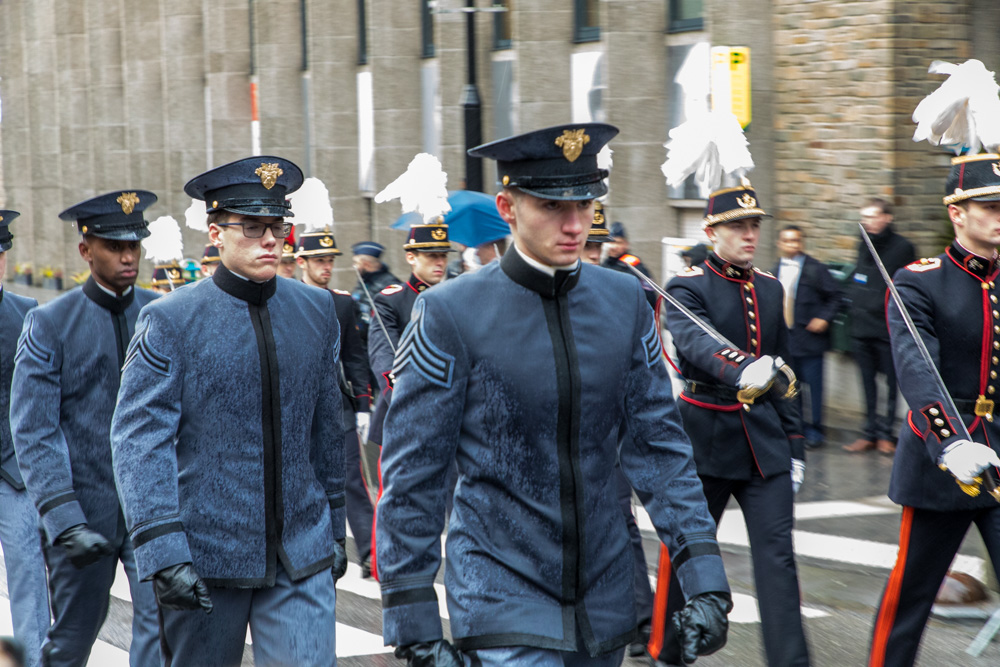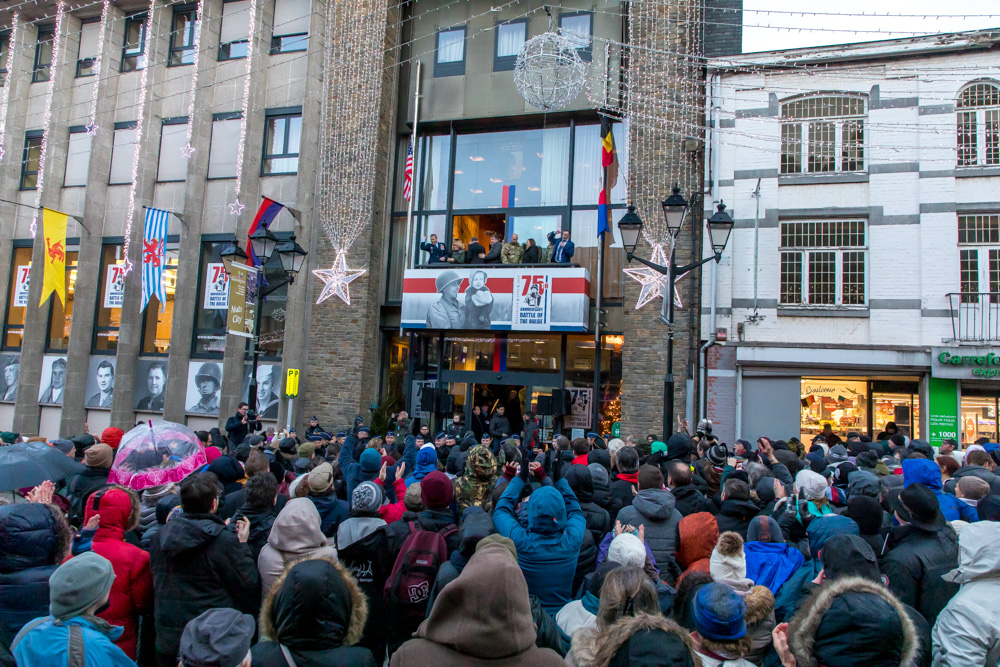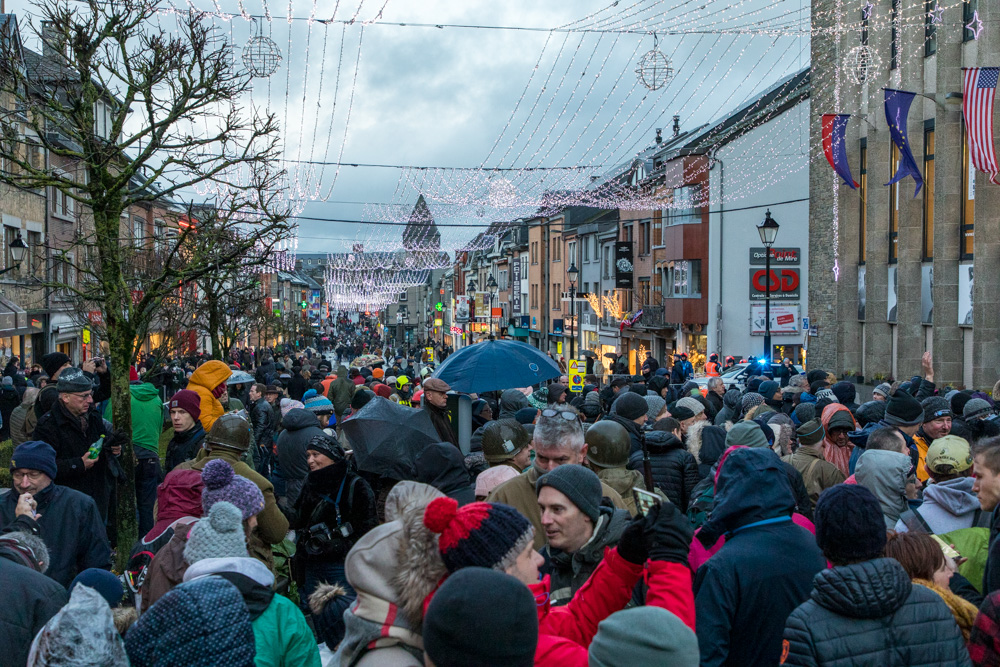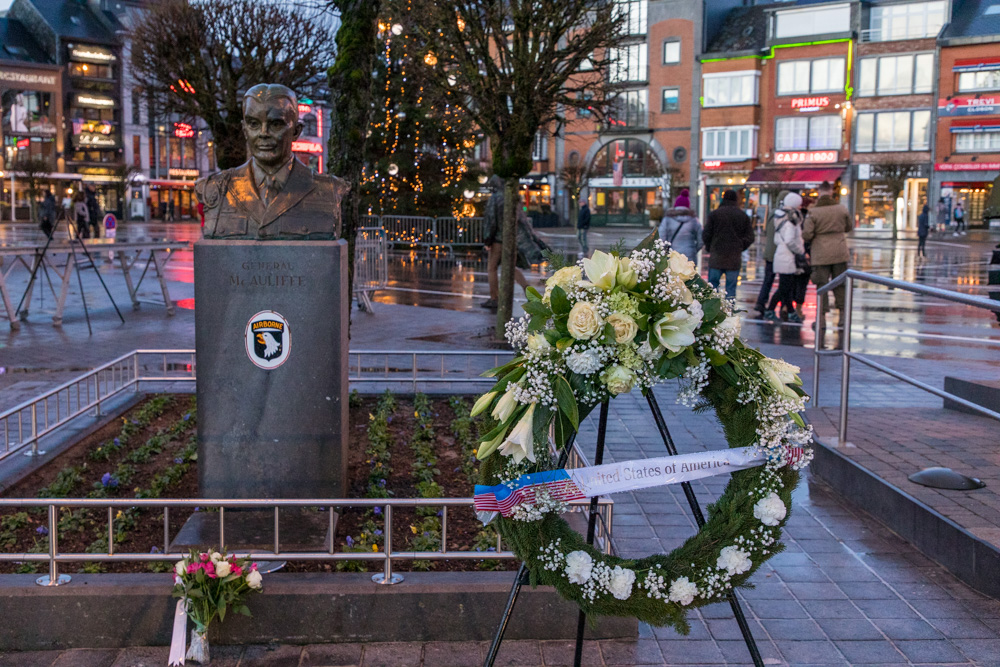Saturday, December 14, 2019 -
Today we would spend the day in Bastone for the festivities.
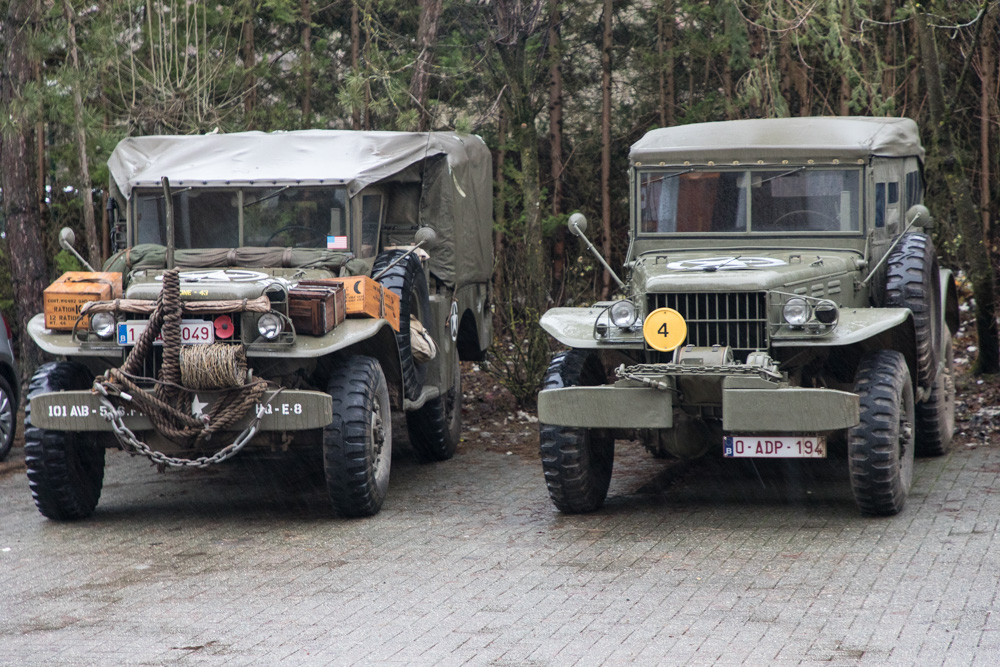
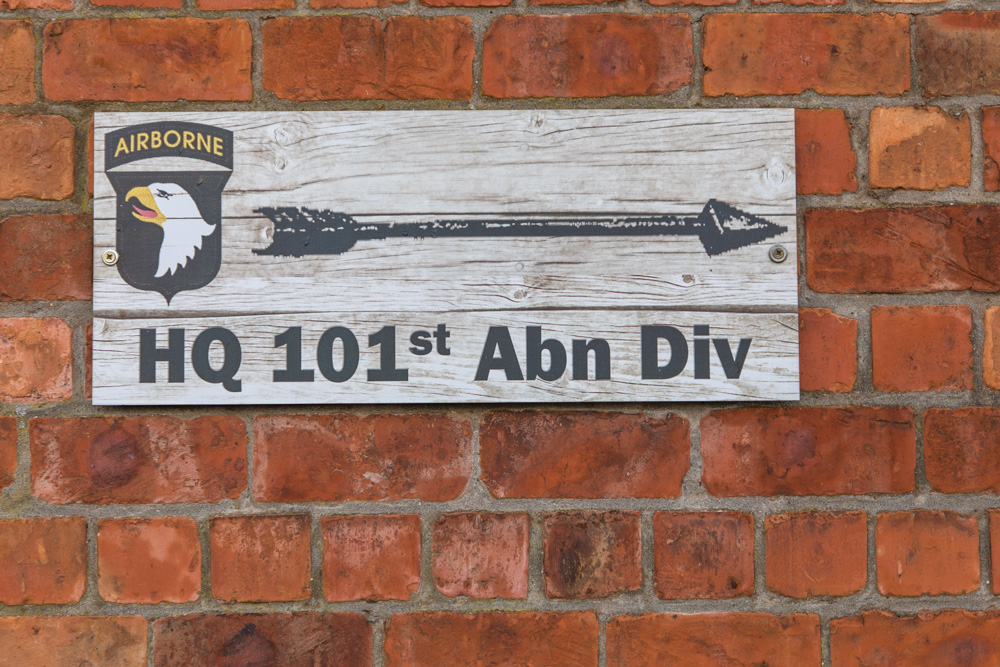
These barracks were the headquarters of General McAuliffe, commander of the 101st Airborne Division, during the Battle of the Bulge. From here he dedicated his legendary response to the Germans recommendation to surrender, "NUTS", on 22 December 1944.
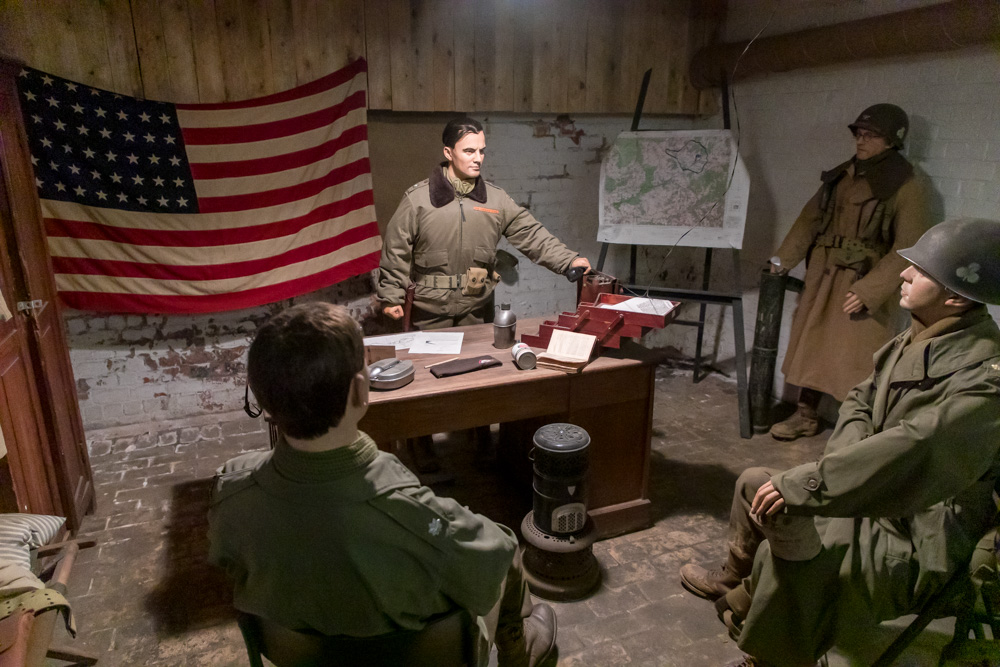
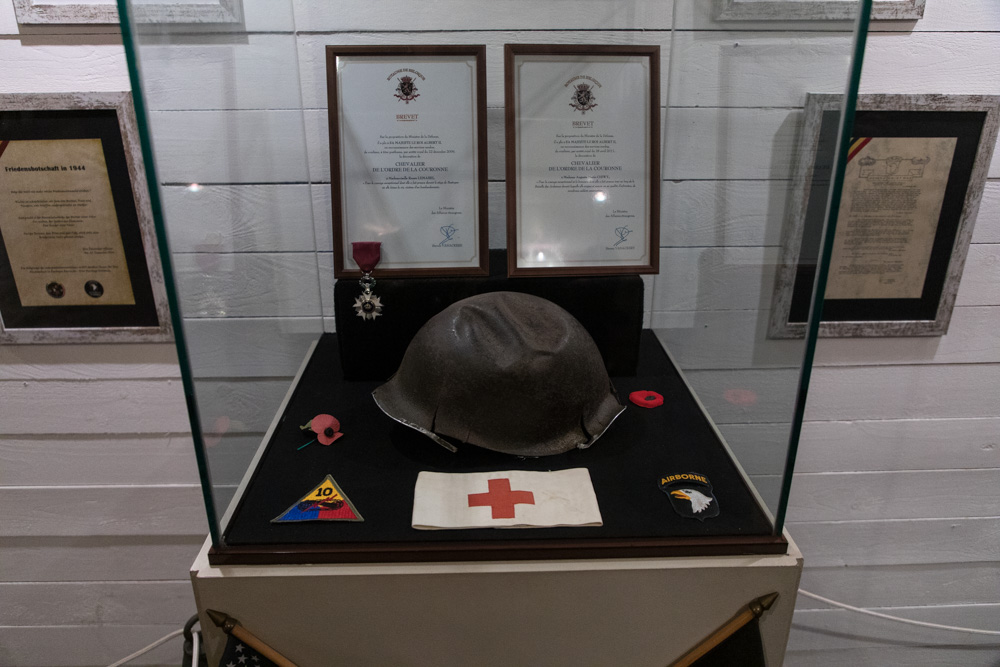
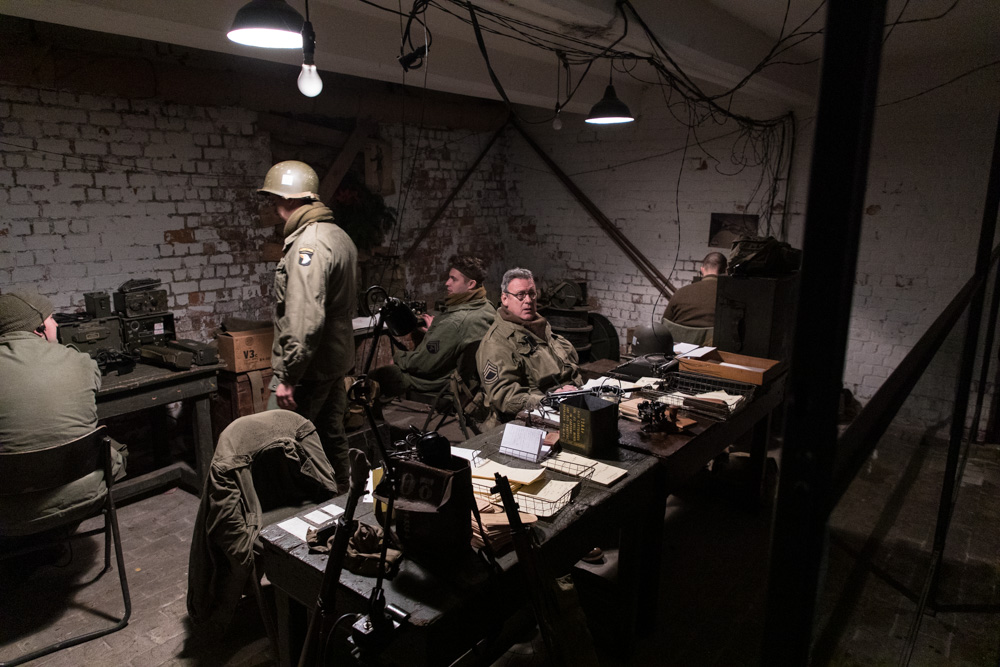
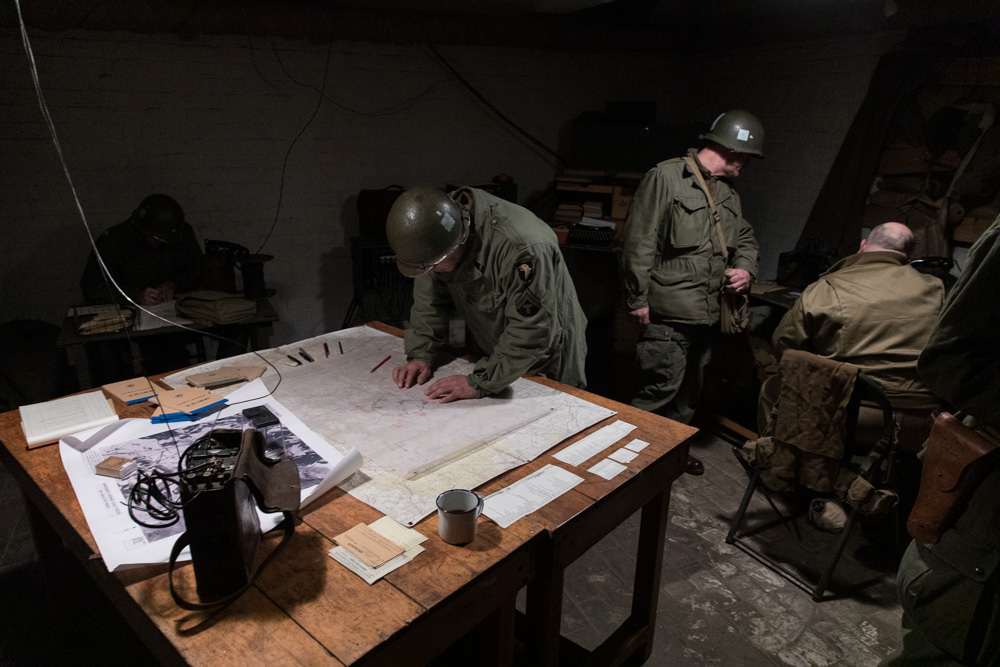
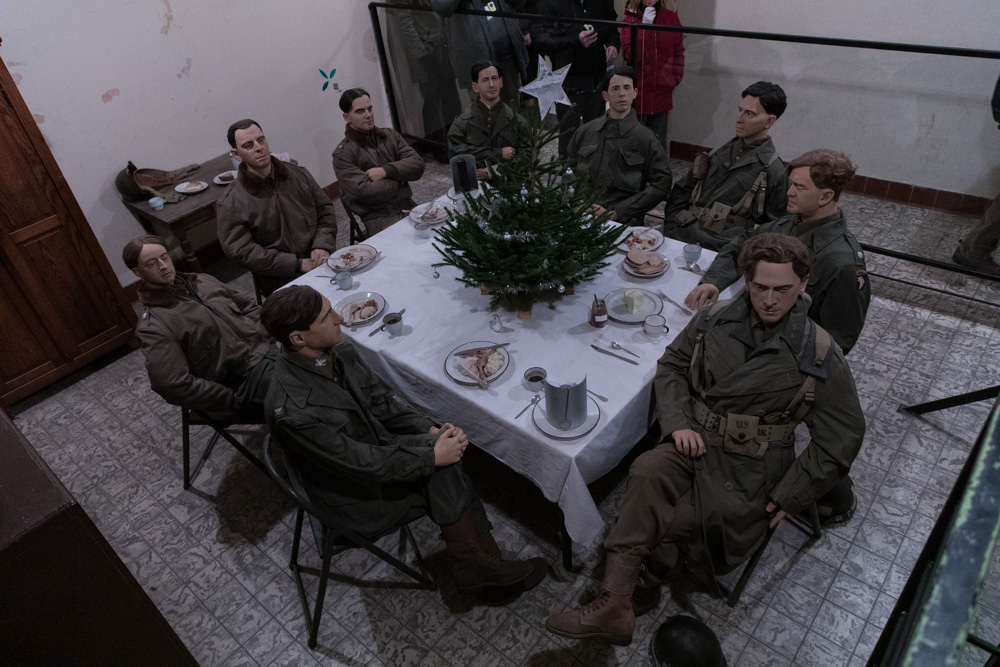
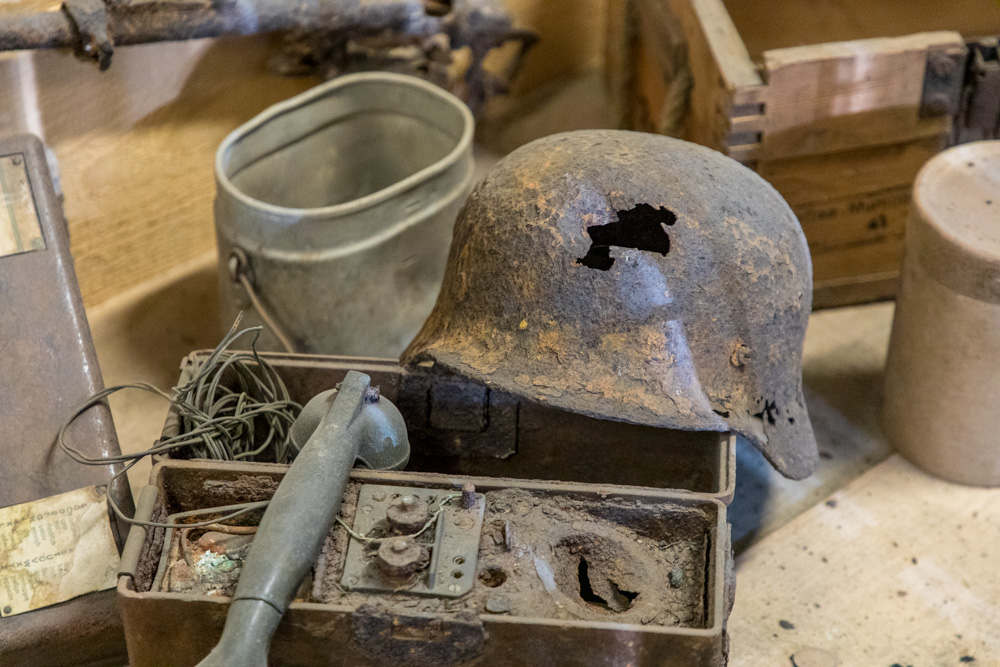
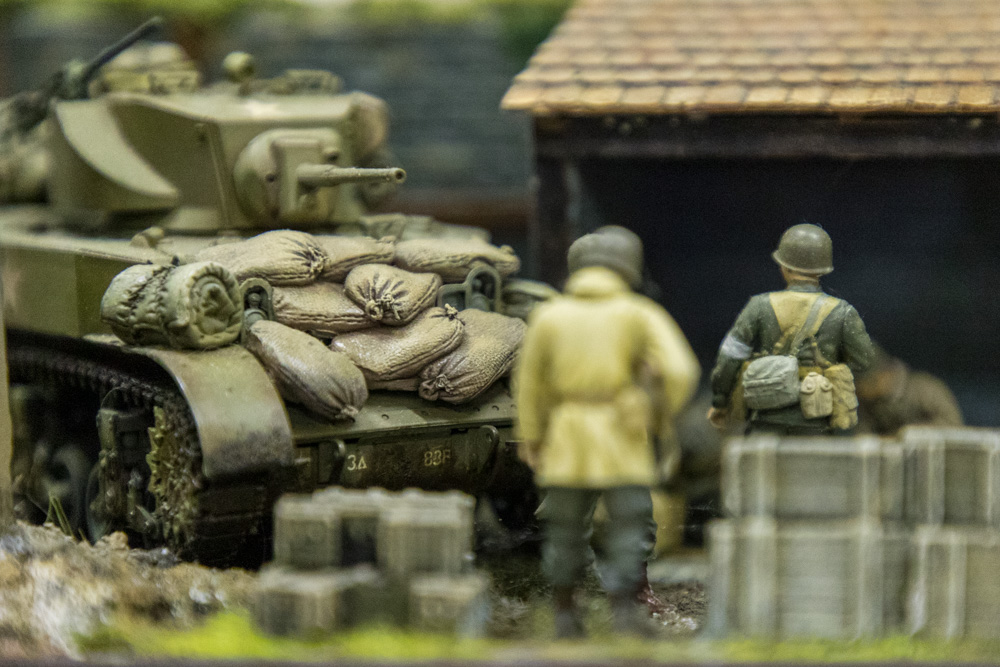

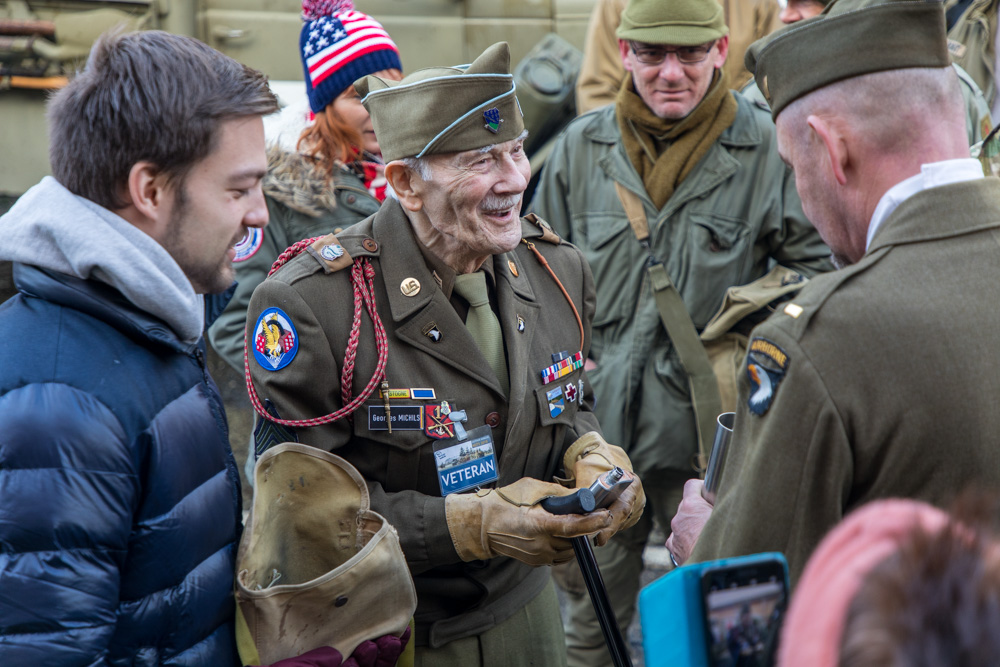
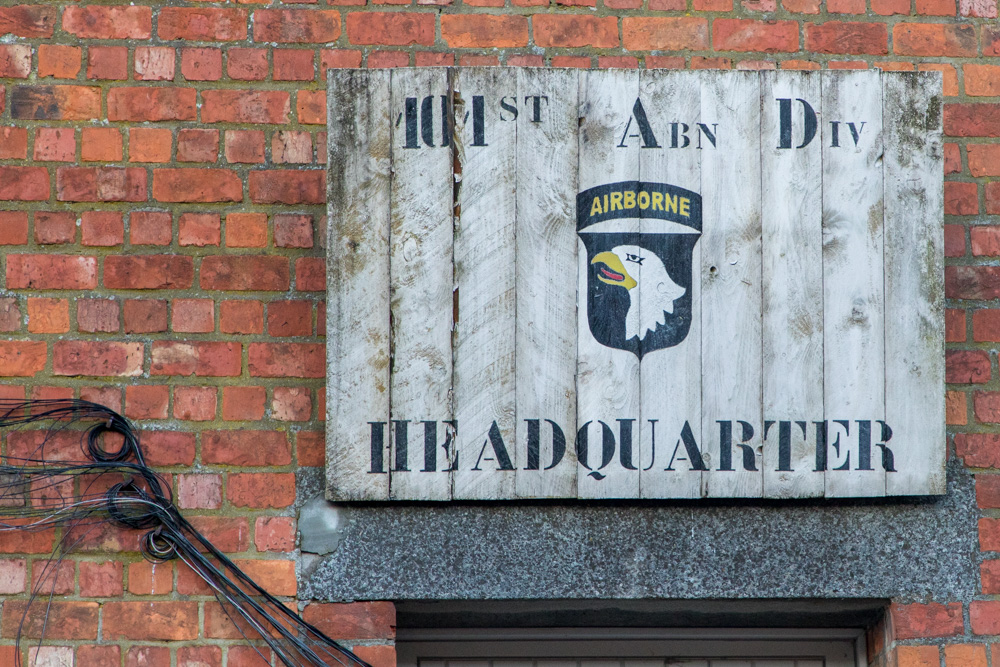
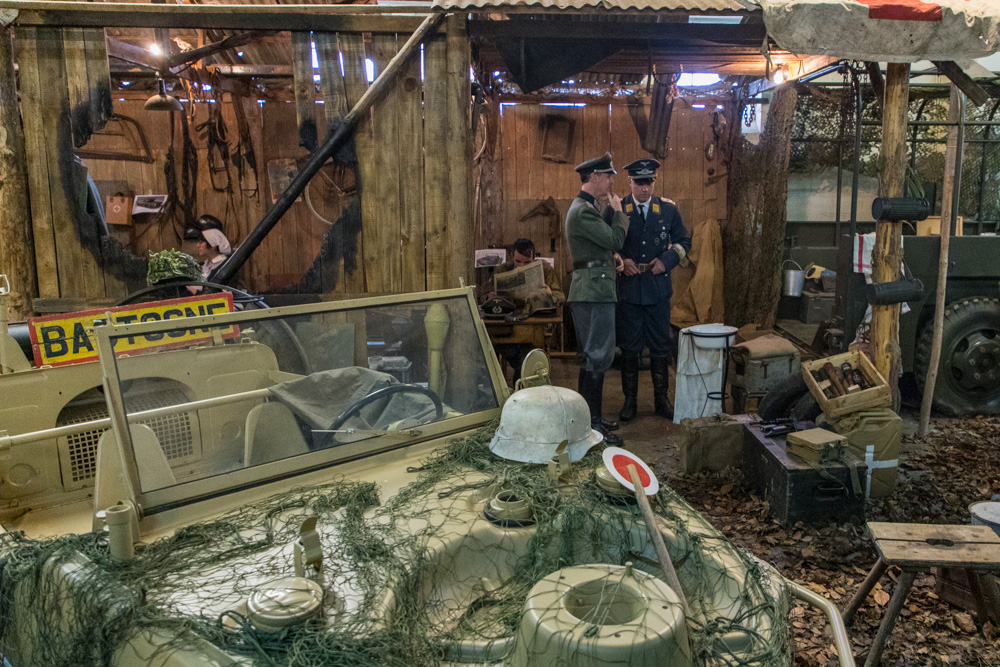
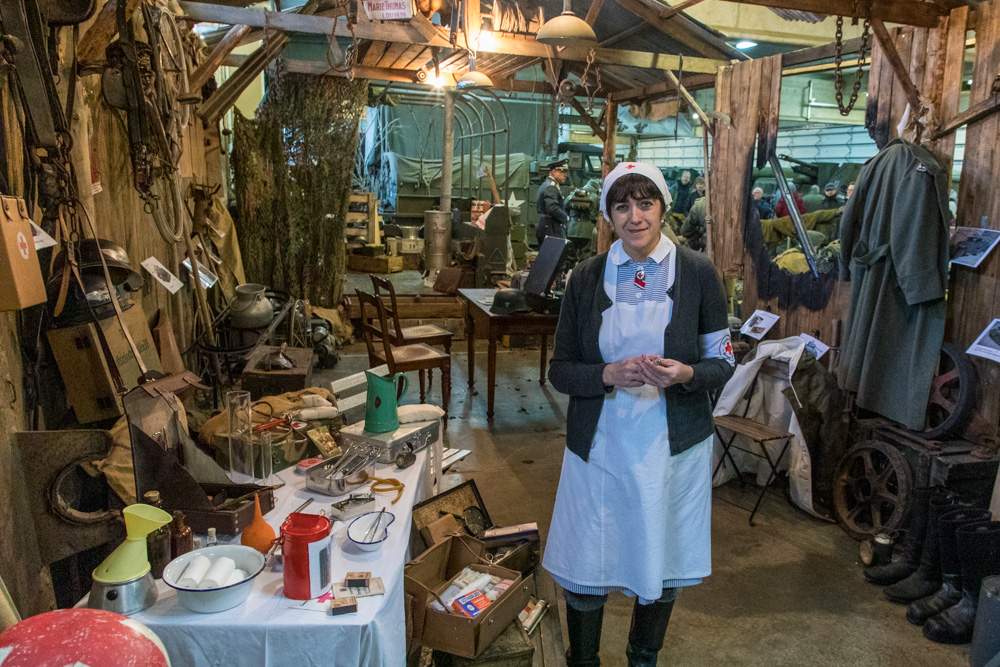

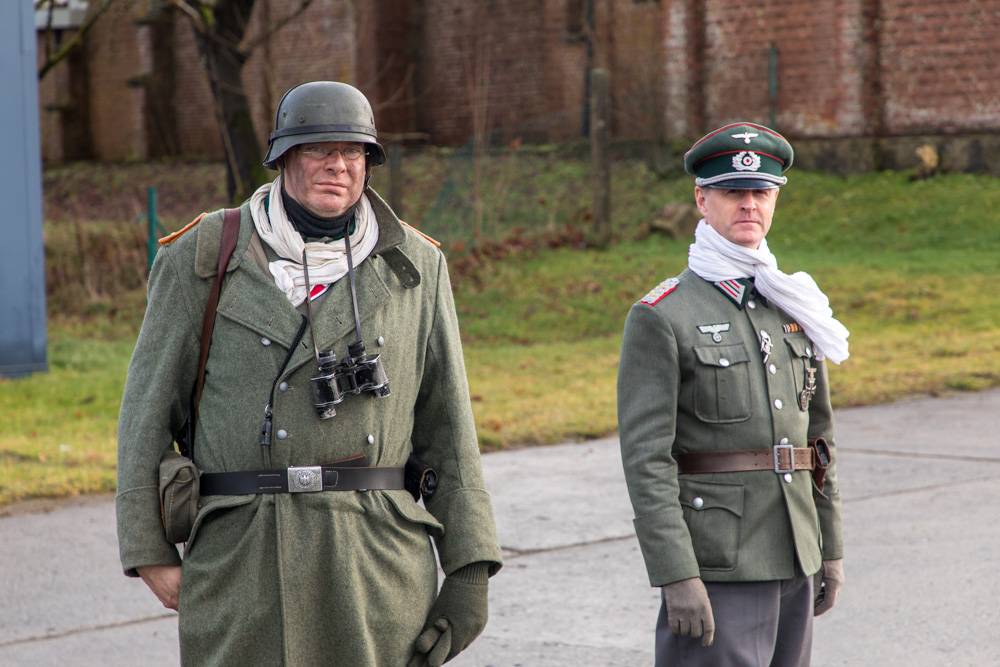

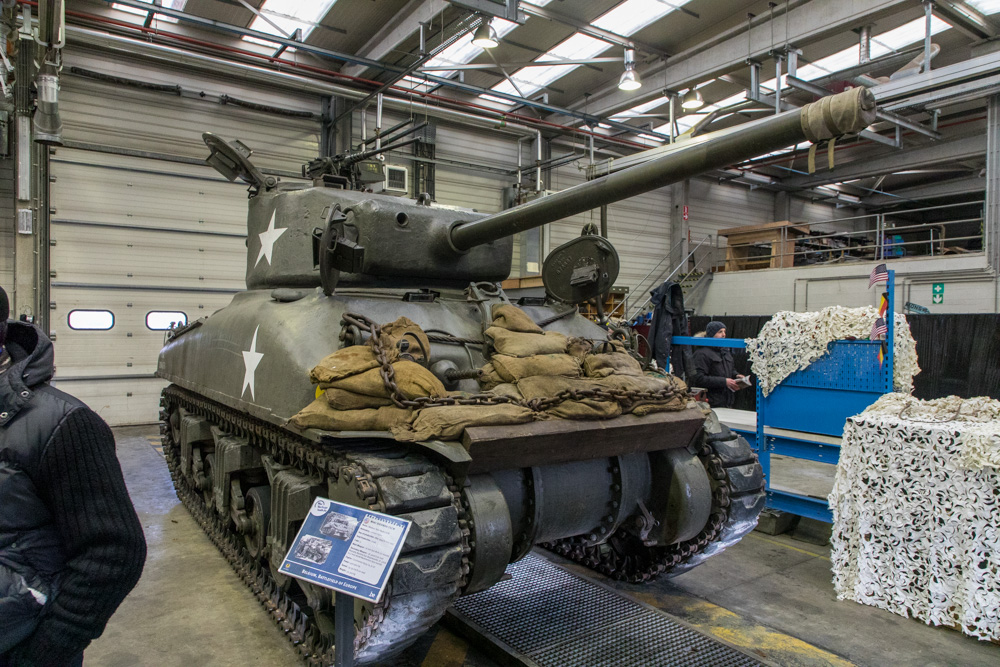

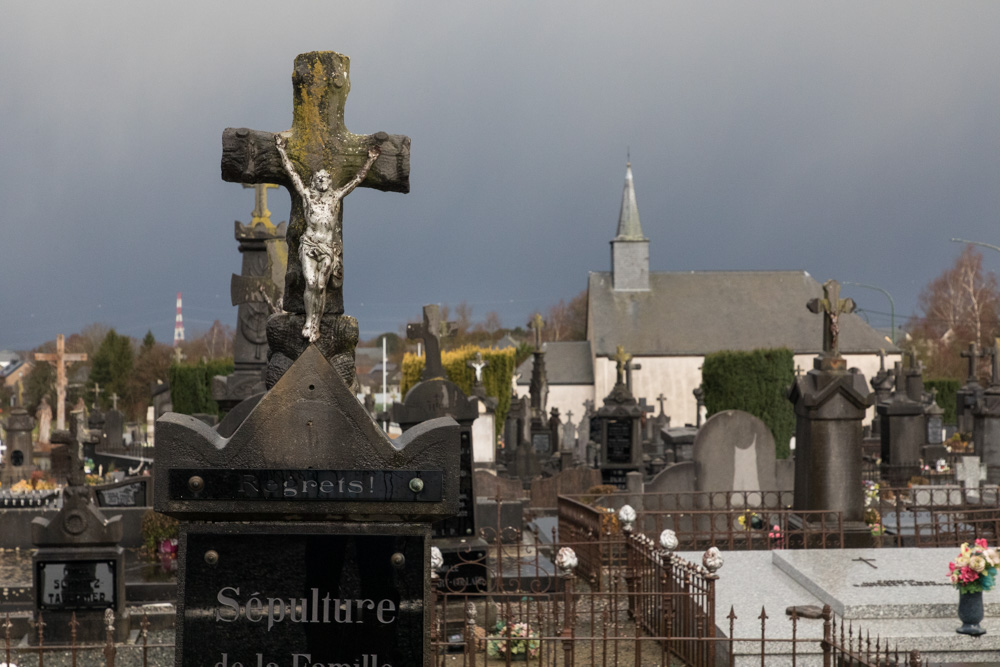
One note of clarification was a scene from the film, Band of Brothers. In the movie, there are two nurses working in a church that has been converted to an aid station. However, the actual aid station was near the church, not in it. Rene Lemarie, along with the many wounded soldiers who were there, was killed on 24 December when the aid station was bombed. Her colleague, Augusta Chiwy, was in a different building and survived. She lived to be 80 and they are both buried in this Bastogne cemetery which is one of the most beautiful cemeteries I've ever seen. There were memorial ceremonies we got to see in tribute to the work and dedication of these two women.

Chiwy attended to civilian and military casualties with her uncle, a doctor, until 21 December, when she volunteered to serve as a nurse at the first-aid station of the 20th Armored Infantry Battalion, 10th Armored Division. On 24 December 1944, the first aid station was hit by a German bomb, killing over 30 wounded men and another volunteer nurse Renee Lemaire. Chiwy was in an adjoining building and was blown through a wall, but survived unhurt. She continued to assist the American forces until the siege was finally lifted two days later.
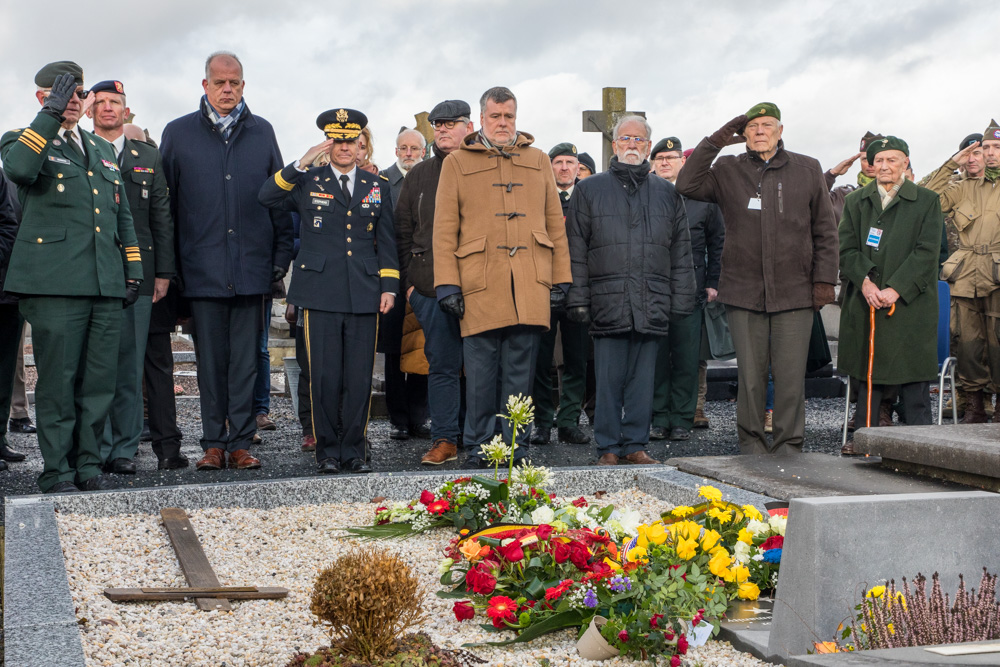
On 24 June 2011, Chiwy was appointed Knight of the Order of the Crown. The medal was presented on behalf of King Albert II of Belgium. On 12 December 2011, Chiwy was awarded the Civilian Award for Humanitarian Service by the United States Department of the Army. It was presented to her by the U.S. Ambassador to Belgium. On 21 March 2014, Augusta was recognized by her hometown as a Bastogne Citizen of Honor.
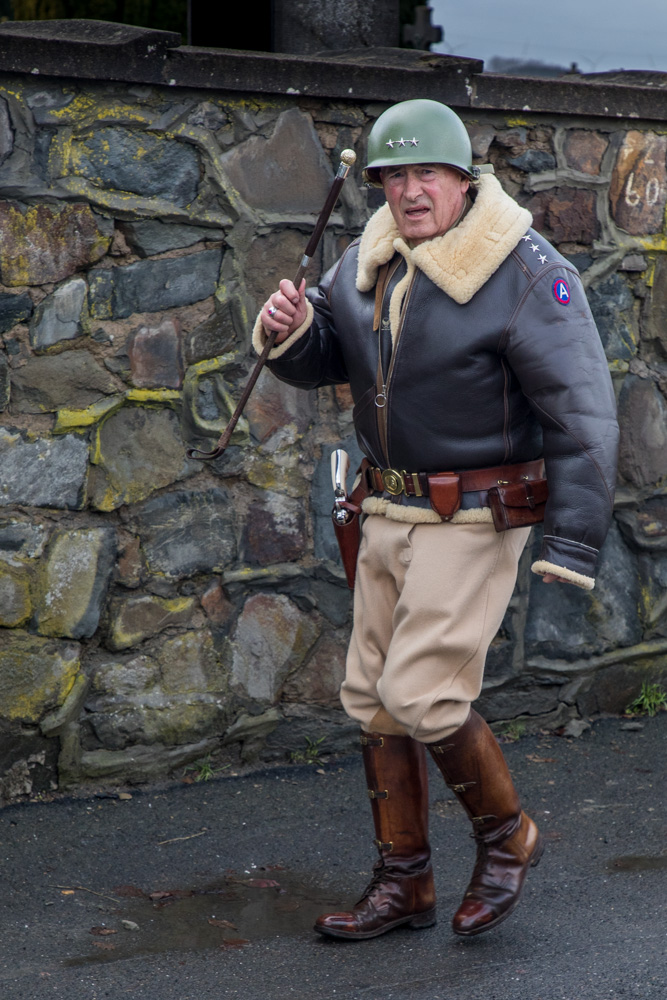
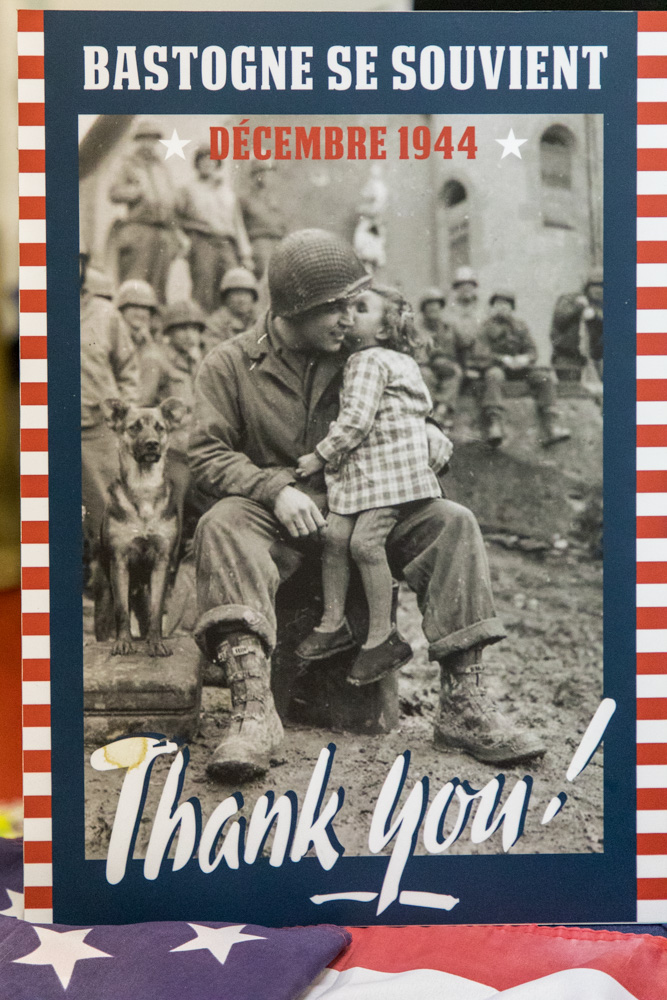
The crowds got especially thick just before the NUTS throwing as we stood side by side with residents from many of the nearby villages which were all part of this battle.
Cal caught a bag of walnuts and of course great pics of the event. The next day in the town we saw tanks and jeeps as they rolled through the streets. As this was the 75th anniversary year, the number of veterans still living and able to attend were significantly fewer than even five years earlier and we guessed this might be the last time many would be able to attend.

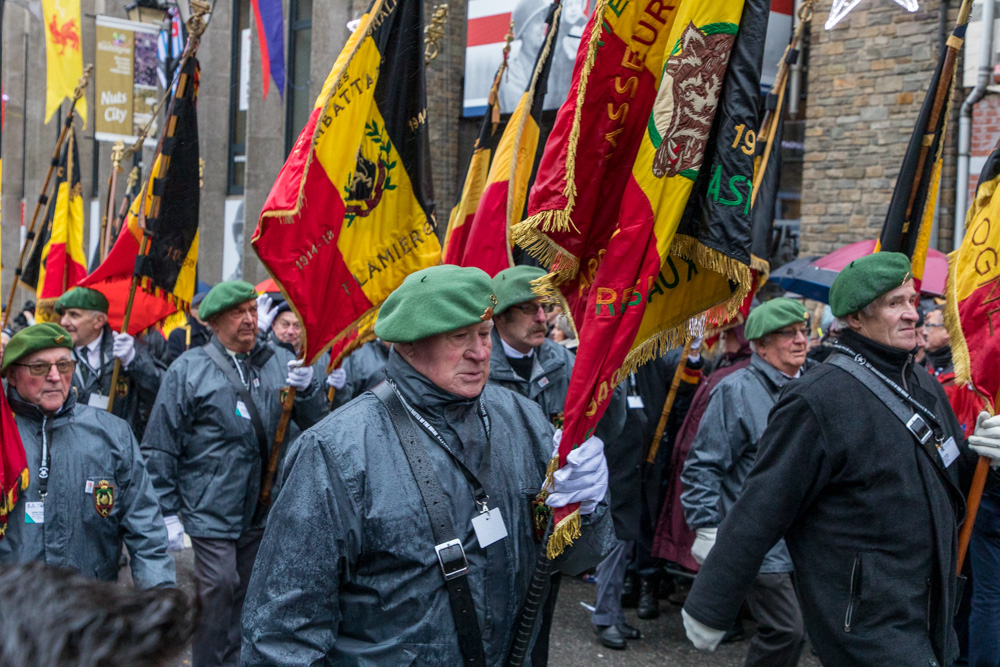
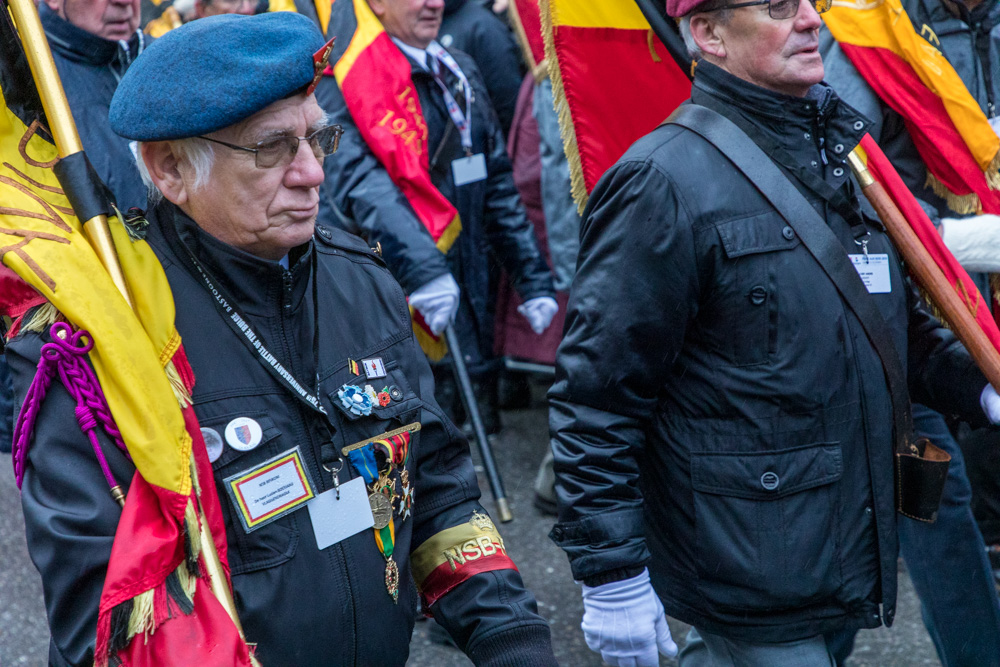
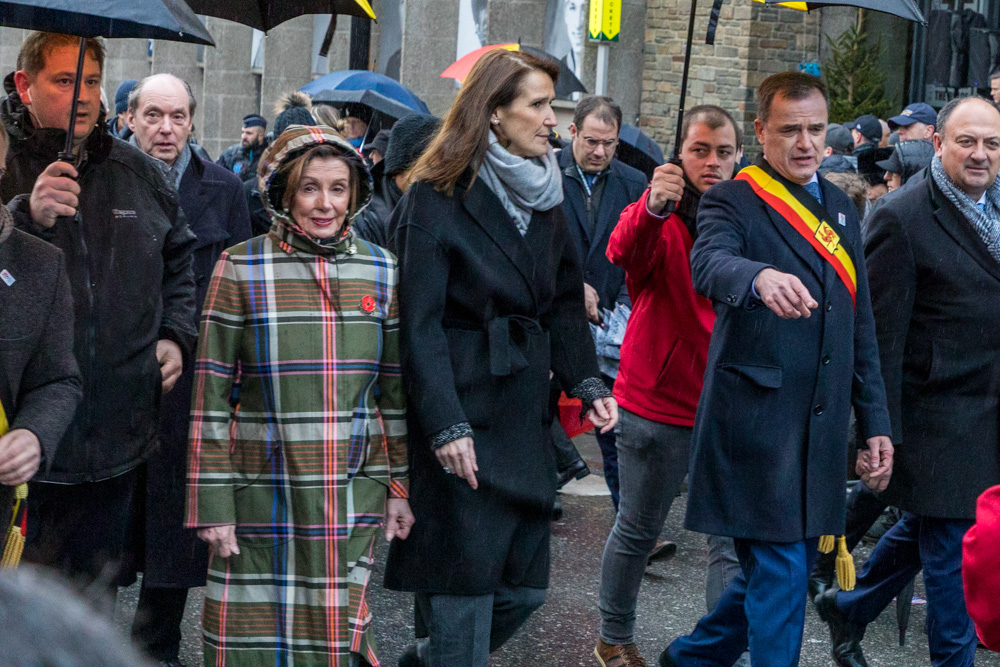
As Nancy Pelosi, said in her remarks during the ceremonies, "Its heroes are forever etched, again, into our hearts and histories, for helping secure the victory of freedom over tyranny, not only for Europe, but for the world." The people across these villages in Belgium and Luxembourg honor those who fought, remember and pay tribute to what America did to protect their freedom.

